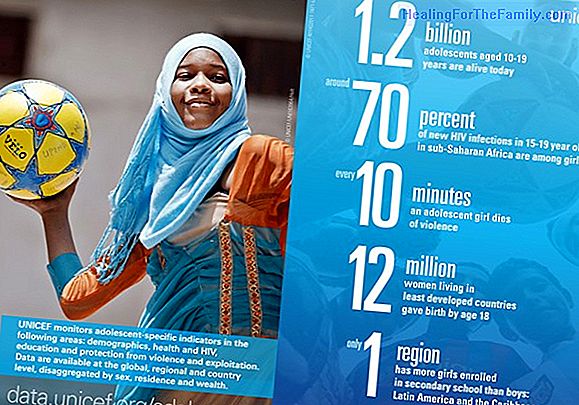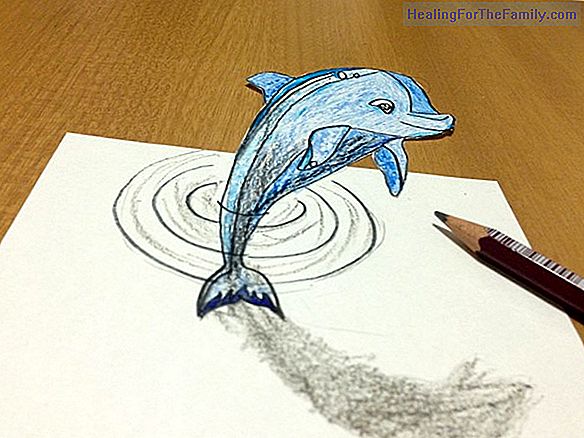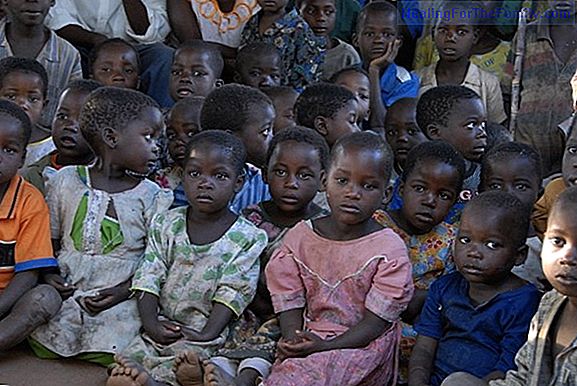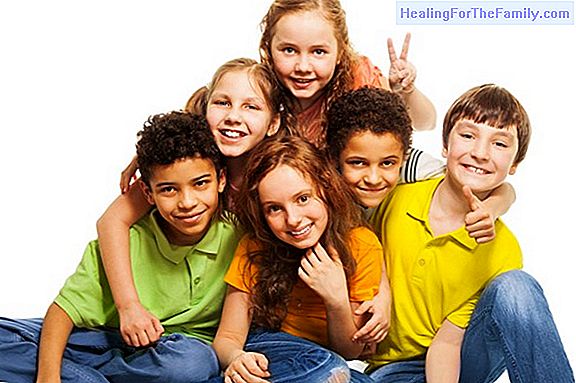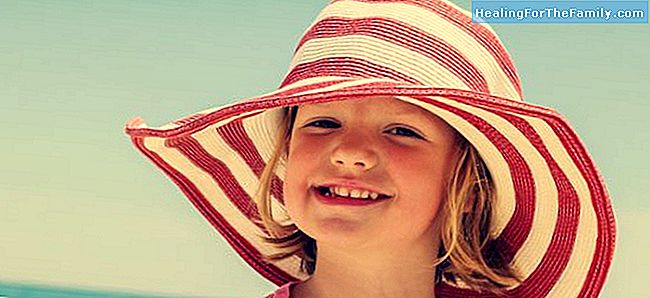Education
Talking about child aggression means to be talking about your child going to tend to solve a situation that frustrates or considers unfair causing harm to others, either by being physically pushed, scratched or kicked, or verbally with insults or words as silly or bad. But you can help him channel h
Talking about child aggression means to be talking about your child going to tend to solve a situation that frustrates or considers unfair causing harm to others, either by being physically pushed, scratched or kicked, or verbally with insults or words as silly or bad. But you can help him channel his anger through a series of activities. Ejercicios 4 basic exercises to stop the aggressiveness of children
These aggressive behaviors are very common at an early age between 2-4 years and if not properly channeled can be observed at later ages.
The first thing will be to use any opportunity that is presented to teach him

how he should act in this situation that causes him so much anger
. It can be taught by both you and your teacher or any adult with whom you have a link. Some exercises that can help the situation improve will be: 1. Songs:This exercise is indicated above all for ages between 2-4 years. It is difficult to teach the consequences of what they do. Although it is always good when the damage occurs to have a serious tone and remove your hand or teeth if you try to hurt us, it will be equally important to explain later that these behaviors displease us. So just as you sing children's songs, why not sing for each part of the body? On the one hand, we will get him to relax using that song and on the other hand, by repeating it always the same will understand that it is not for that. For example, the arms serve to embrace, the hands to caress, the teeth to eat ... And so according to the behaviors you do. Pal 2. Talking stick:
Getting them to have a more dialogical behavior when faced with a conflict when they are older (from 5-6 years old) can be very difficult, therefore, we can use a rain stick or even an hourglass to encourage respect for the turn, practice the tone to address others and get used to listening to the rest of the people with whom the conflict took place. On the one hand, we will have time to talk and on the other, let the other person give the floor to express himself. 3. Semaphore technique:
Frequently the child's behavior is no longer part of the physical violence. It is important to identify what the reasons are and the degree to which things influence you. The traffic light is a great technique to make tangible the feelings of your child and that he himself is aware of how aggressive behavior is rising level. Once this is identified, we will be able to teach him what to do in each case to calm down and thus prevent him from becoming too aggressive. For example, the red will stop or move away from the situation, the yellow think solutions and the green dialogue and express our feelings. 4. Yoga or meditation:
Increasingly the practice of yoga is spreading for children and is no longer reserved for adults only. Meditation on children is therapeutically shown that it can help them in many essential aspects: it will allow them to have greater body self-control, improve their breathing and find calm in those moments that seem to cost more. The sooner you start with this practice, the more chances you will have to reduce that type of behavior.

